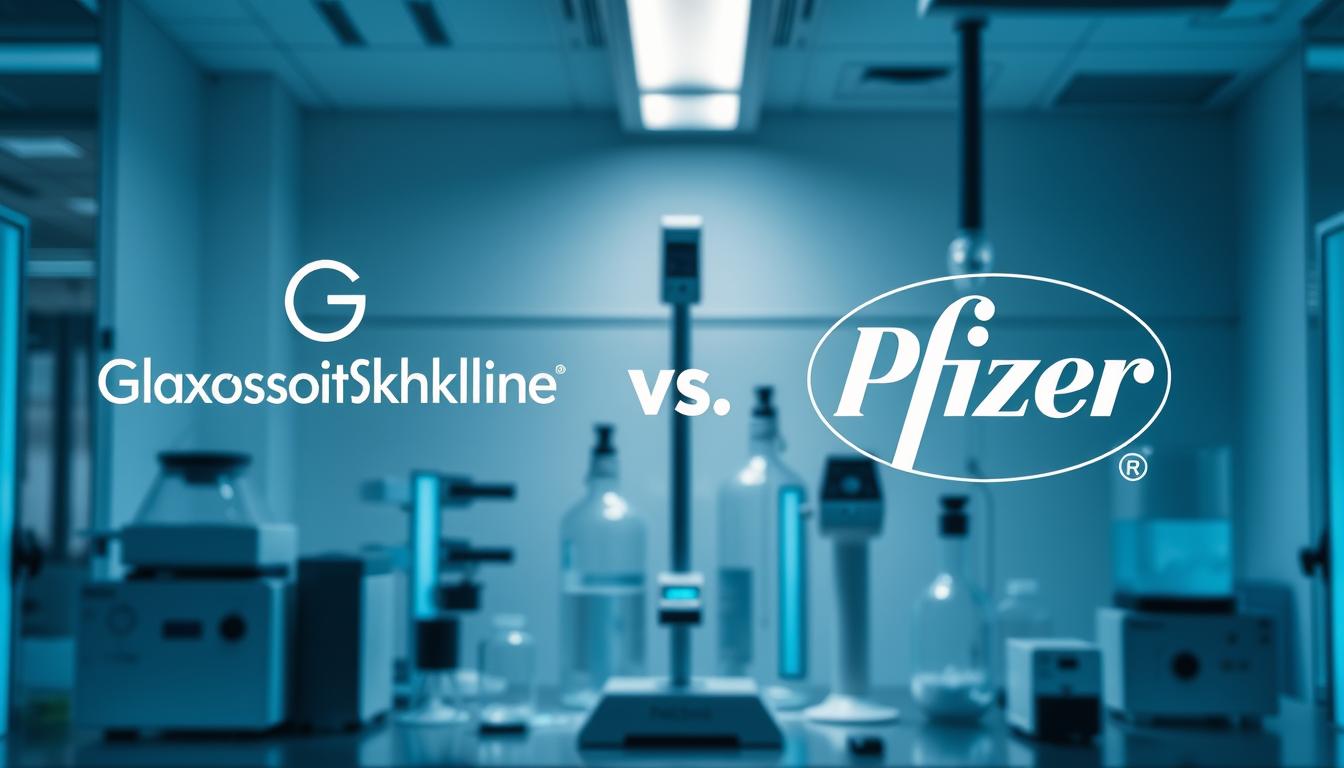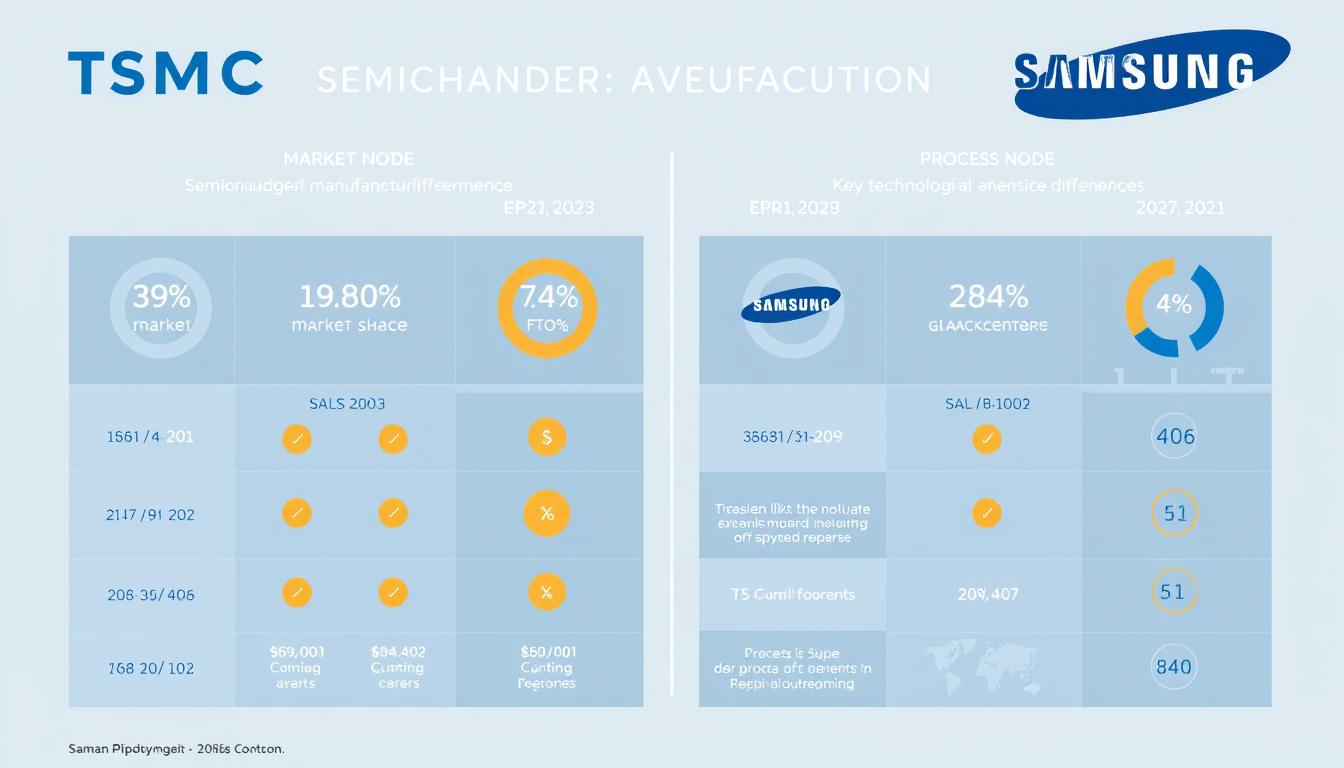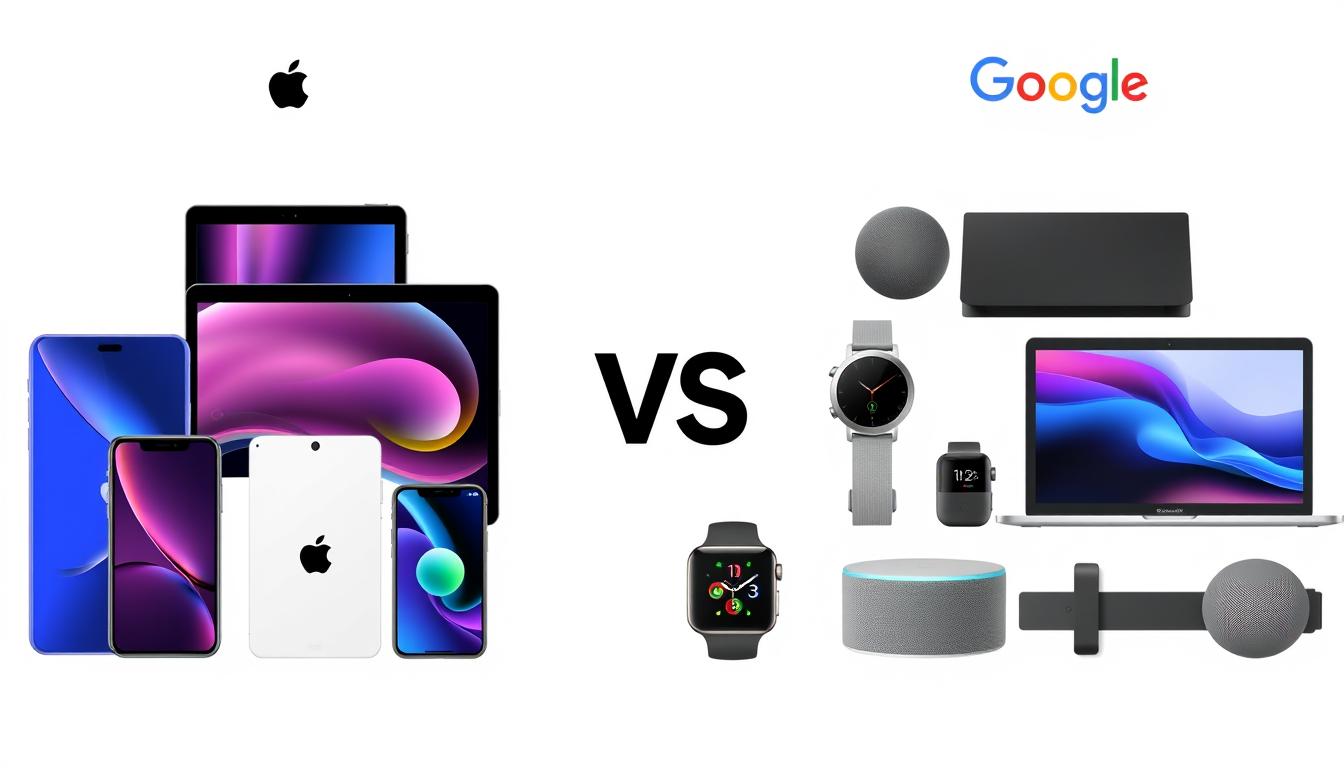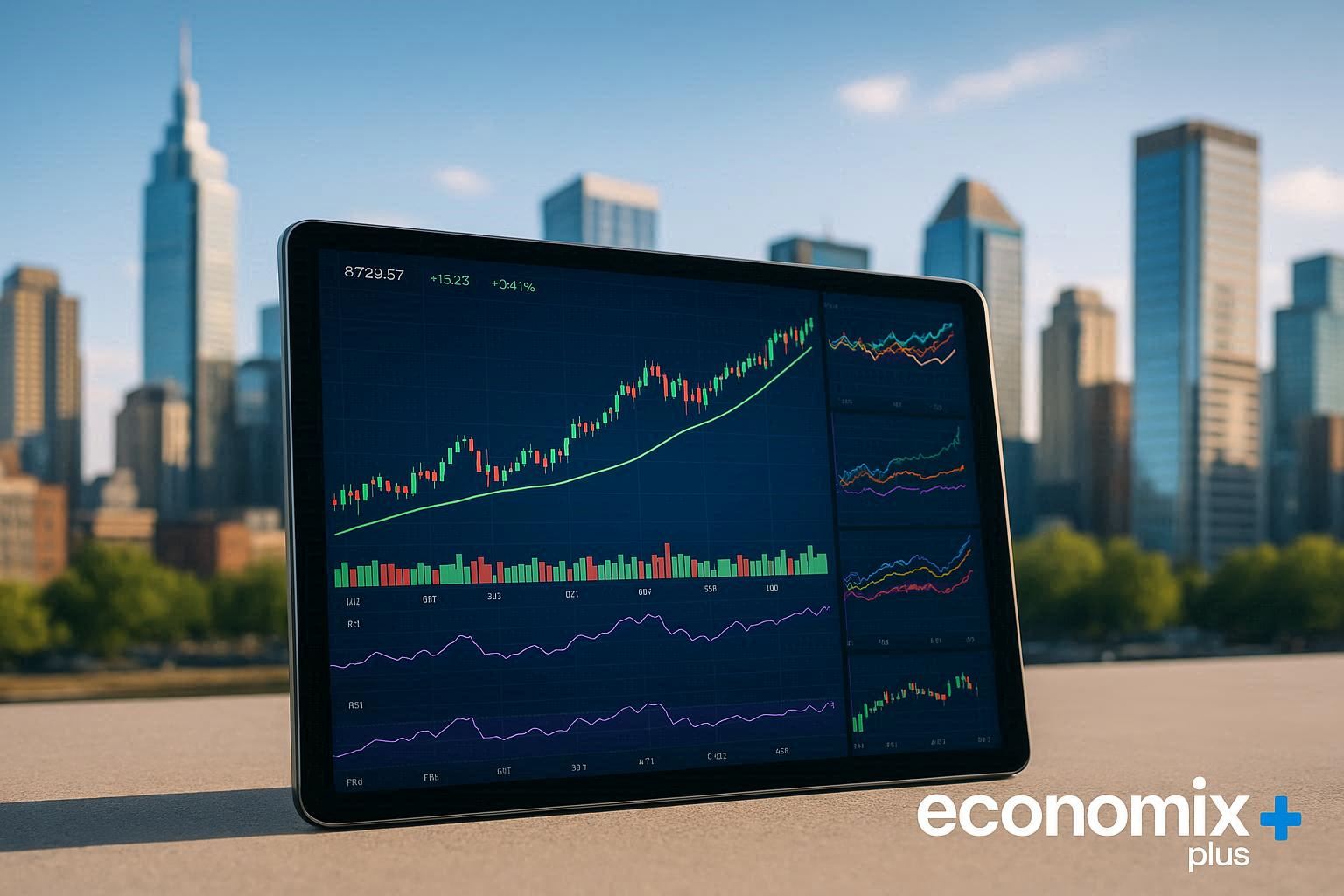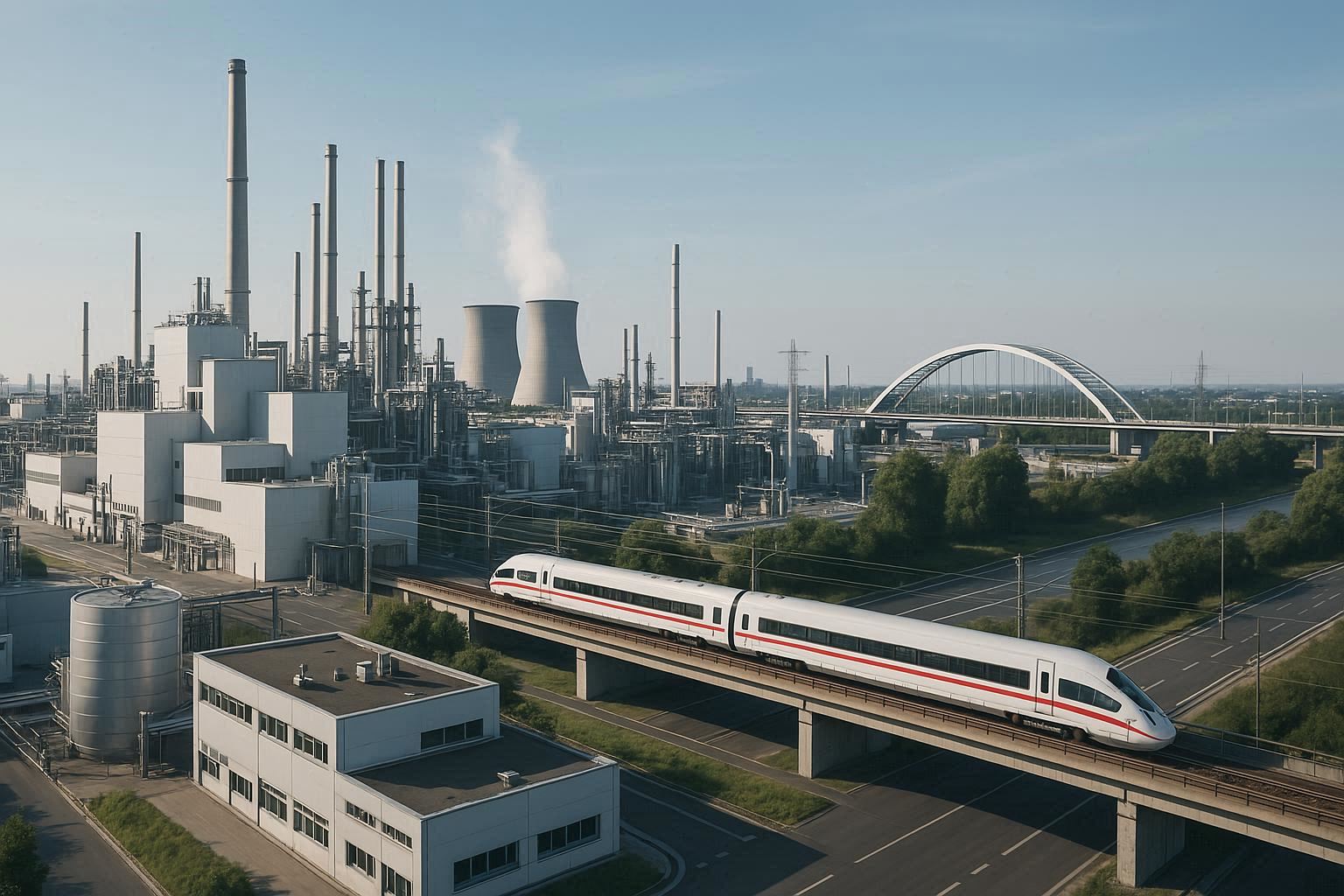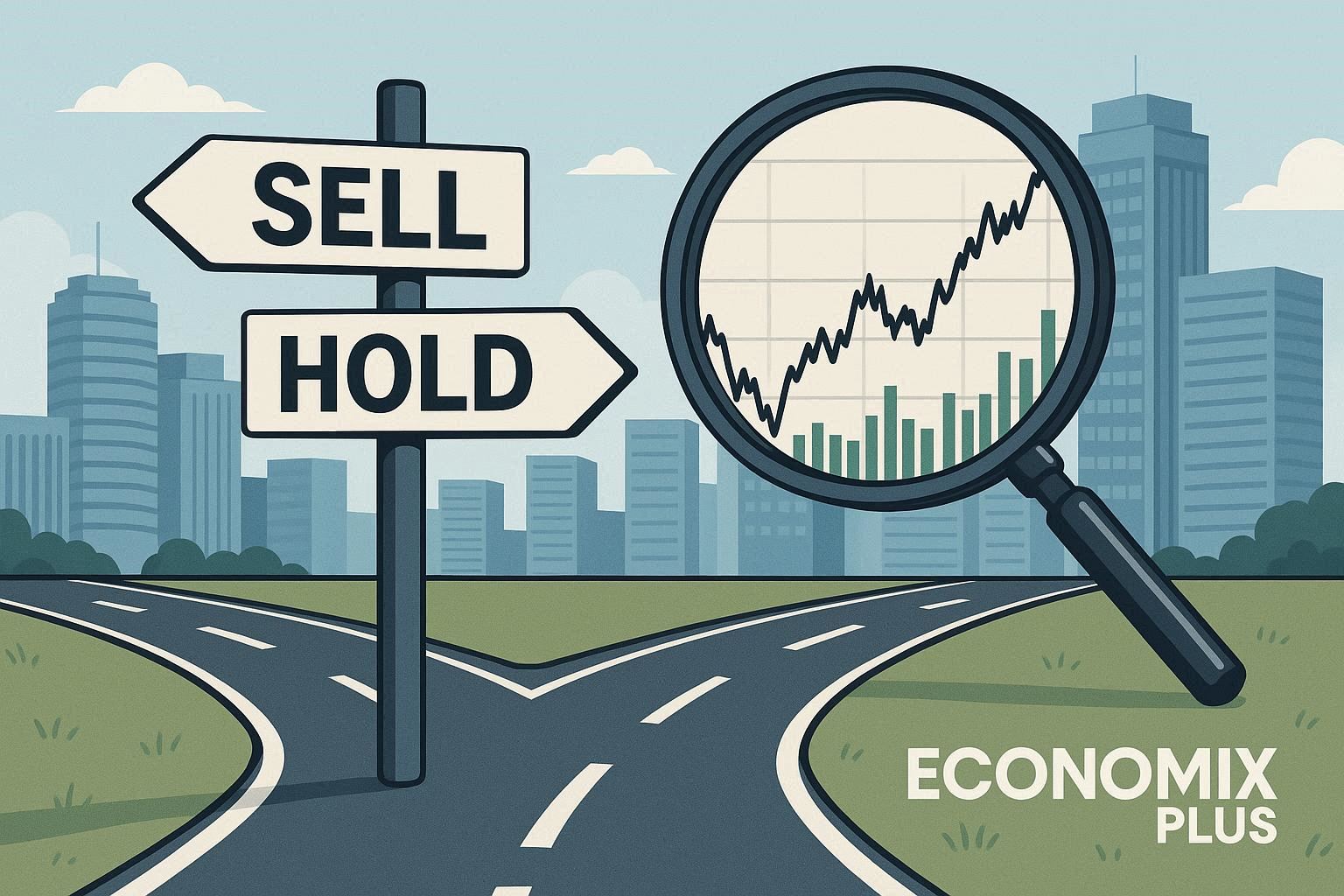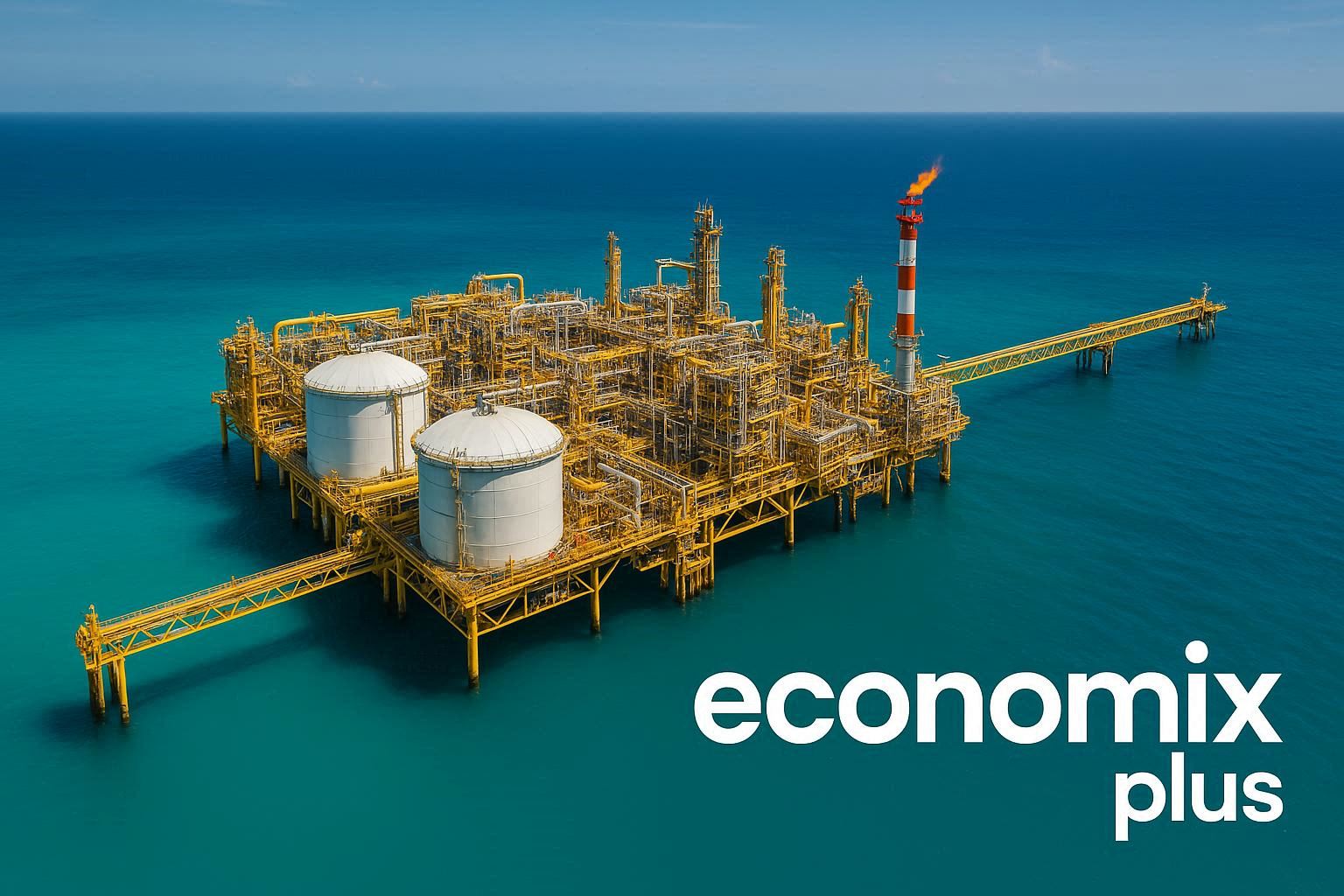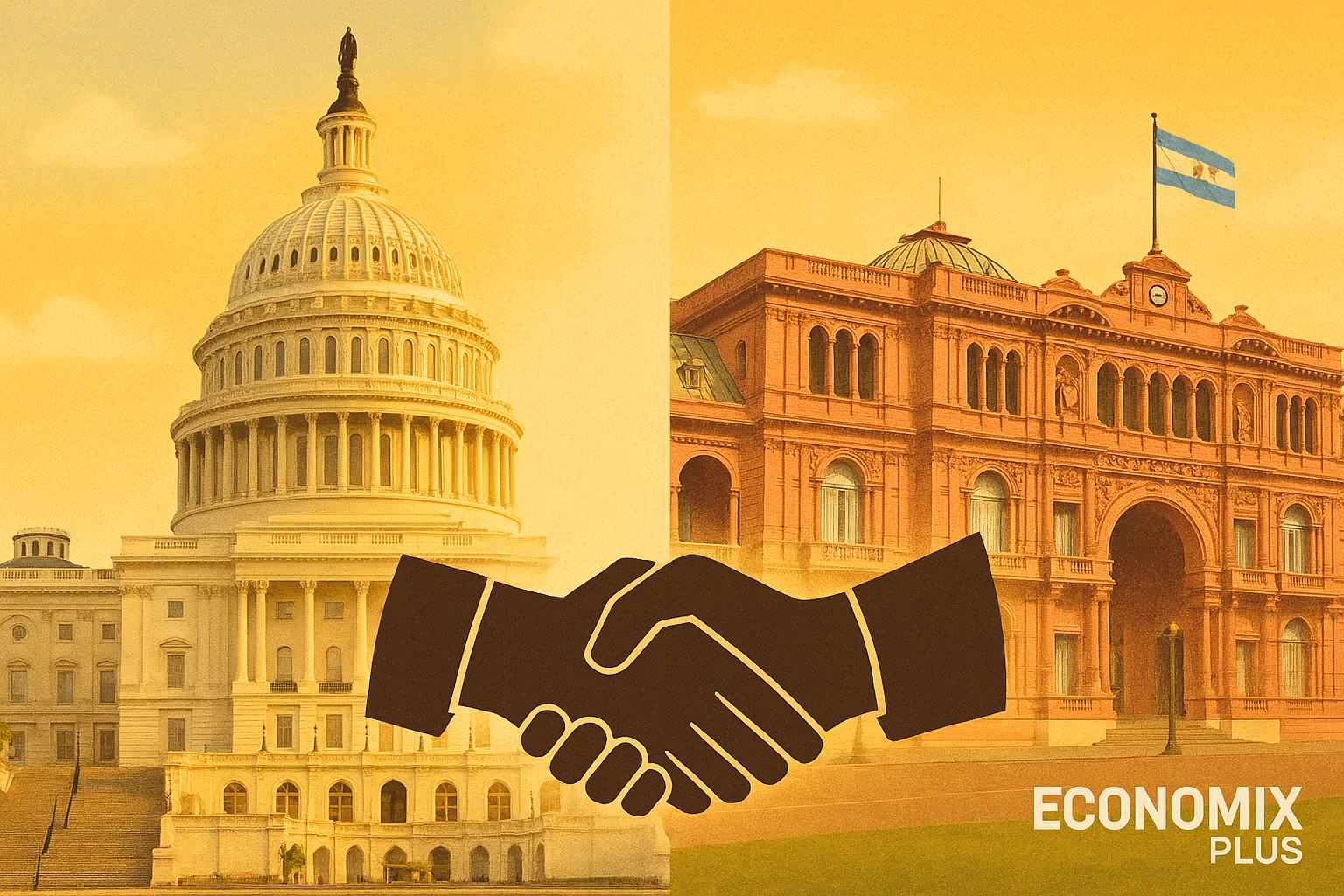The pharmaceutical industry is a trillion-dollar battlefield where companies compete for supremacy. With the global market valued at $1.6 trillion, two giants stand out—Pfizer and GlaxoSmithKline. But which company truly leads the race?
In 2023, Pfizer secured the top spot with $58.5 billion in revenue, despite a 42% drop post-pandemic. Meanwhile, GlaxoSmithKline climbed with $38.4 billion, fueled by a 6% growth from its Arexvy vaccine. Their strategies differ—Pfizer focuses on scale, while GSK bets on innovation.
What separates these industry leaders? Research investments, product pipelines, and global reach define their positions. Projections suggest GlaxoSmithKline will maintain momentum with steady growth by 2025.
Key Takeaways
- Pfizer leads with $58.5B in 2023 revenue despite a post-COVID decline.
- GlaxoSmithKline grew 6%, driven by vaccine success.
- R&D spending and geographic expansion shape market dominance.
- Future projections favor GSK’s steady growth trajectory.
- Strategic priorities differ—scale versus innovation.
Introduction to the Biopharmaceutical Market
With $1.6 trillion in value, the pharmaceutical industry shows no signs of slowing down. Projected to grow at 6% annually, it remains one of the most dynamic sectors globally. Key drivers include breakthroughs in biologics and rising demand for specialty medicines.
The Global Pharmaceutical Industry in 2024
Last year saw 55 new drug approvals by the FDA—the *second-highest in 30 years*. This surge reflects accelerated R&D pipelines post-pandemic. However, companies face challenges like patent expirations for blockbuster drugs.
Notably, AbbVie’s Humira and J&J’s Stelara lost exclusivity, opening doors for generics. Such patent cliffs could shift $100B in revenue to competitors by 2025.
- M&A boom: 430 deals worth $68.8B occurred in early 2024, signaling consolidation.
- FDA momentum: 55 new molecular entities approved in 2023, including gene therapies.
- R&D shifts: COVID-19 prioritized vaccine development, now expanding to oncology and rare diseases.
The world’s focus on health security ensures sustained investment. Emerging markets and digital health tools further reshape the landscape.
GlaxoSmithKline and Pfizer: Who Leads the Biopharmaceutical Market?
Revenue trends reveal contrasting fortunes for industry leaders. While one struggles with post-pandemic adjustments, the other capitalizes on strategic restructuring. Their financial trajectories offer insights into long-term dominance.
Market Share and Revenue Comparison
In 2023, Pfizer’s sales dropped 42% to $58.5 billion after peaking at $100 billion during COVID-19. Conversely, GSK saw a 6% rise, reaching $38.4 billion. This divergence reflects their distinct approaches:
| Metric | Pfizer | GSK |
|---|---|---|
| 2023 Revenue | $58.5B (-42%) | $38.4B (+6%) |
| 5-Year Growth | +19% | +22% |
| Market Cap | $156B | £69B |
GSK’s steady climb stems from its demerger strategy, shedding consumer healthcare to focus on vaccines. Pfizer’s scale keeps it in the top position, but volatility raises questions.
“Long-term growth hinges on balancing innovation with scalability.”
Geographically, Pfizer dominates North America (52% of sales), while GSK leans on Europe (45%). Emerging markets contribute 28% to GSK’s revenue, signaling expansion potential.
- Pfizer’s challenge: Replace lost COVID-related income.
- GSK’s edge: Specialty medicines and vaccine pipelines.
GSK’s Strategic Focus and Innovations
A bold spin-off strategy fuels GSK’s competitive edge. In 2022, the company completed its consumer healthcare business separation, forming Haleon. This $10 billion divestiture marked a pivotal shift toward high-growth therapeutics.
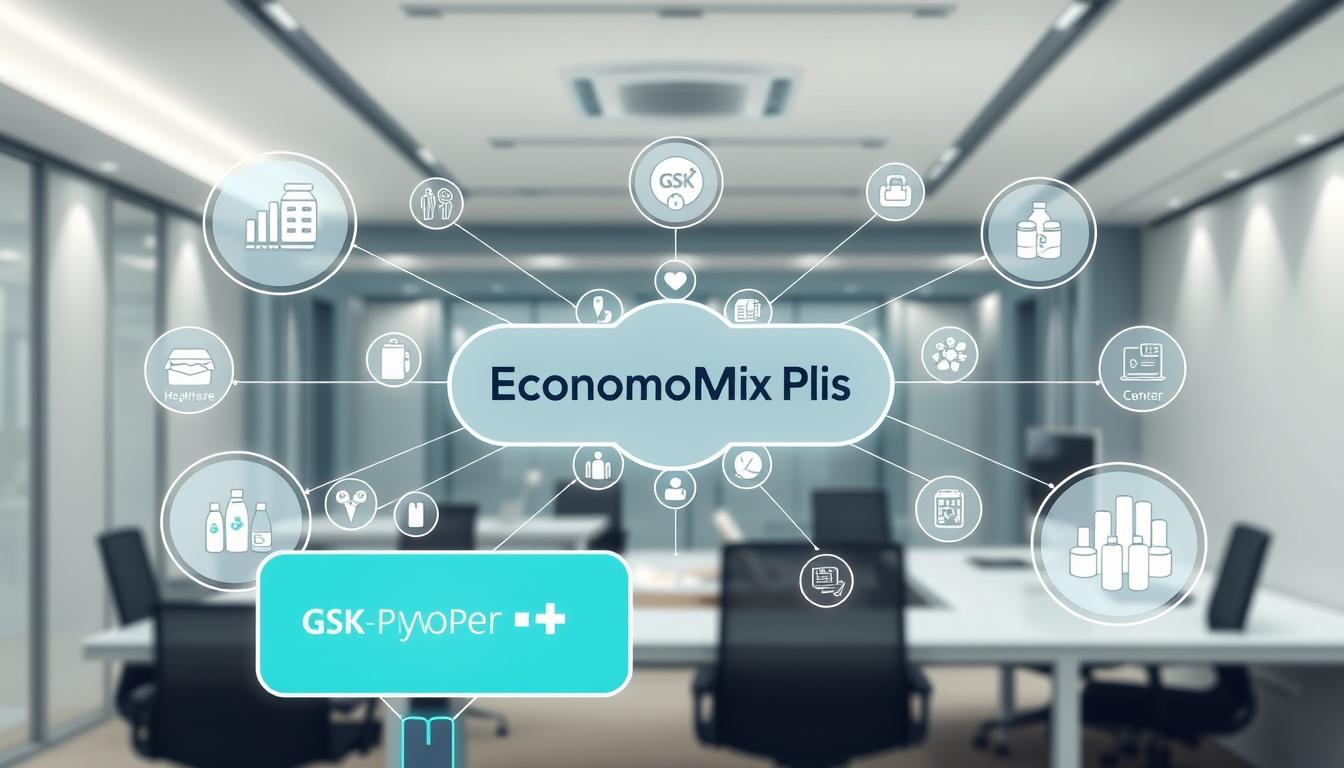
Restructuring for Precision Growth
The Haleon spin-off involved divesting 385 million shares by 2024. This move streamlined GSK’s portfolio, prioritizing vaccines and specialty medicines. Post-demerger, R&D investments surged by 12%, targeting oncology and infectious diseases.
Results were swift. 2023 saw a 6% revenue boost, driven by streamlined operations. The table below contrasts pre- and post-spin-off metrics:
| Metric | Pre-Spin-Off (2021) | Post-Spin-Off (2023) |
|---|---|---|
| R&D Budget | $5.8B | $6.5B |
| Specialty Products Revenue | $22B | $26B |
| Operating Margin | 18% | 21% |
Recent acquisitions like Bellus Health ($2B) and Aiolos Bio ($1B+) further solidified GSK’s pipeline. These deals target respiratory and immunology treatments, aligning with its refined healthcare strategy.
“Divesting non-core assets allows focus on breakthrough science and sustainable growth.”
- Haleon valuation: $10B with 385M shares divested by 2024.
- R&D shift: 12% increase post-demerger, emphasizing biologics.
- 2023 impact: 6% sales growth from streamlined operations.
Pfizer’s Dominance and Recent Developments
Pharmaceutical giant Pfizer remains a dominant force despite shifting market dynamics. While its COVID-19 vaccine revenue plummeted from $36.8 billion in 2022 to $11.2 billion in 2023, the company offset losses with a 7% operational growth in other areas.
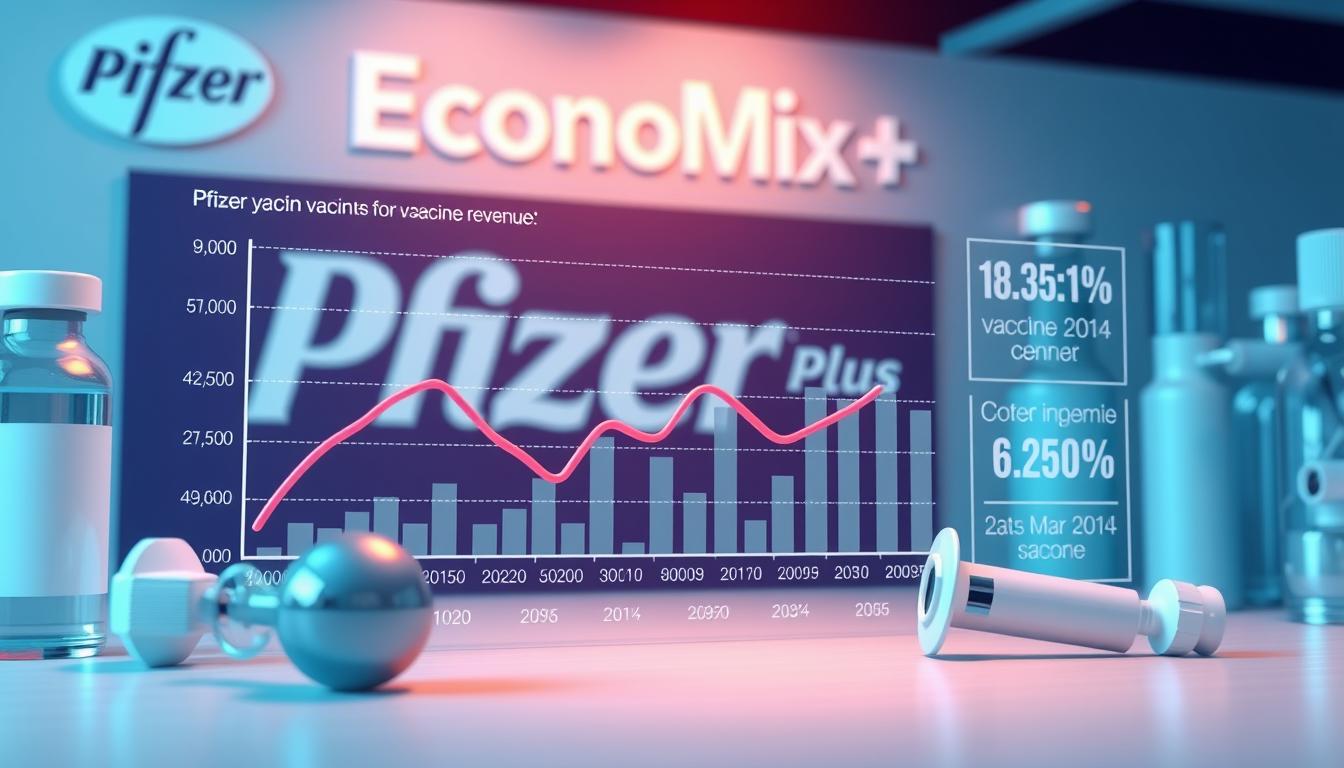
Impact of COVID-19 Vaccines on Revenue
Comirnaty’s sales decline reflects reduced global demand post-pandemic. Yet, Pfizer’s diversified products—like its RSV vaccine—helped stabilize earnings. Nine FDA approvals in 2023, including breakthrough therapies, further solidified its pipeline.
The $43 billion acquisition of Seagen marked a strategic pivot toward oncology. This move aims to counterbalance volatile vaccine income with long-term cancer treatment sales.
“mRNA technology licensing will drive future revenue streams beyond COVID-19.”
- Non-COVID growth: 7% increase in 2023, fueled by rare disease and oncology treatments.
- Seagen integration: Expands Pfizer’s cancer portfolio with antibody-drug conjugates.
- FDA momentum: Nine new approvals, including first-in-class RSV and migraine therapies.
By licensing mRNA platforms to other pharmaceutical firms, Pfizer ensures sustained innovation revenue. This strategy mitigates reliance on blockbuster products with finite lifespans.
R&D Investment: GSK vs. Pfizer
Behind every breakthrough medicine lies a calculated investment gamble. In 2024, the two firms allocated $16.2 billion combined to research development, yet their spending strategies diverge sharply.
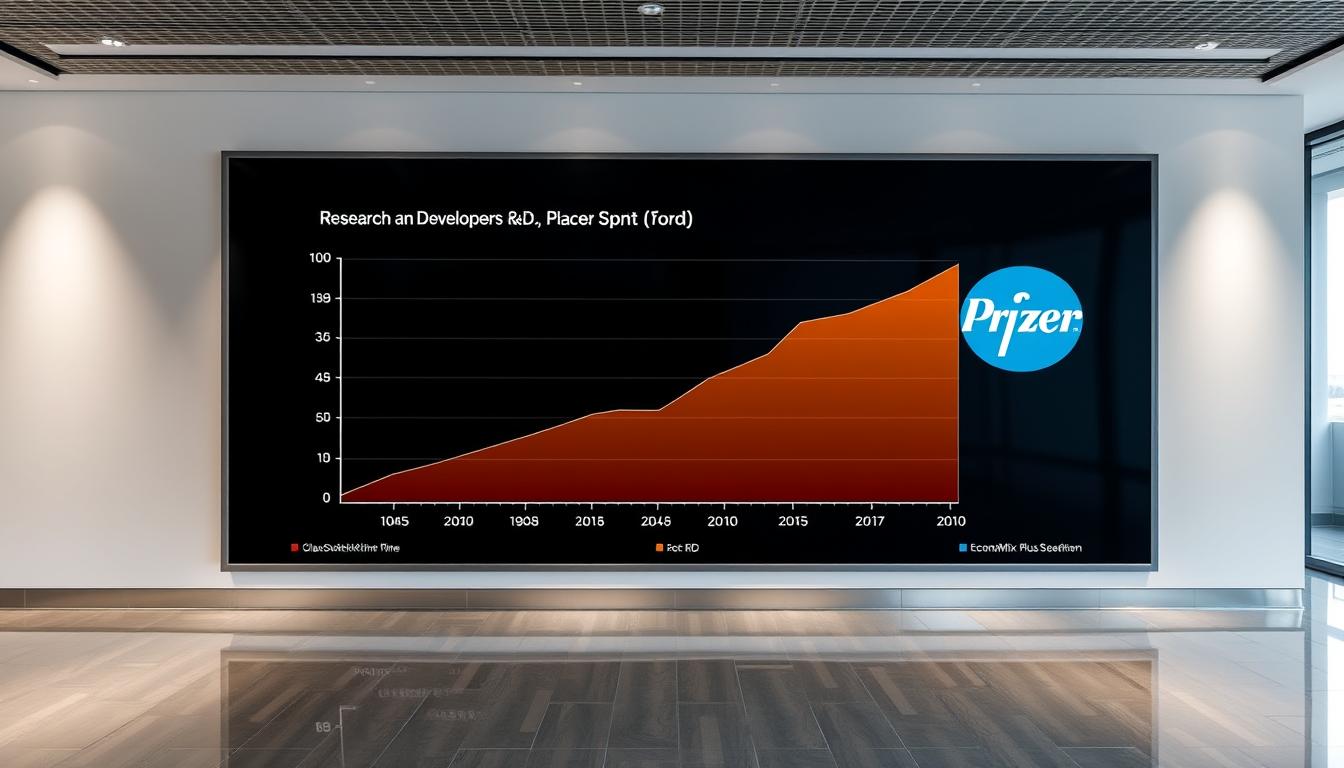
Divergent Approaches to Innovation
Pfizer outspends its rival with a $10 billion budget, but GSK’s targeted allocations yield higher efficiency. The table below contrasts their priorities:
| Category | Pfizer | GSK |
|---|---|---|
| Total R&D Spend | $10B | $6.2B |
| Vaccine Allocation | 30% | 70% |
| Oncology Focus | 40% | 25% |
GSK’s strategy centers on preventive vaccine dominance. Its RSV shot Arexvy captured 65% market share within six months of launch. Meanwhile, Pfizer’s $2.5 billion mRNA investment aims beyond COVID-19 applications.
- HIV innovation: GSK’s long-acting cabotegravir could revolutionize treatment regimens by 2025.
- Oncology bets: Pfizer directs funds to antibody-drug conjugates post-Seagen acquisition.
- Pipeline depth: 12 major GSK launches planned, including next-gen malaria and shingles vaccines.
“Vaccines represent both scientific triumph and sustainable revenue streams—GSK’s 70% allocation reflects this duality.”
The pipeline disparity underscores core philosophies: Pfizer chases scale, while GSK bets on precision medicines with higher margins. Both approaches carry risks as patent cliffs loom.
Portfolio Strength and Blockbuster Drugs
Blockbuster drugs define market leadership in the pharmaceutical sector. GSK’s strategic portfolio combines high-revenue vaccines with specialty medicines, creating a balanced growth engine.
Breakthrough Performers in the Product Lineup
The RSV vaccine Arexvy generated $1.2 billion in first-year sales, capturing 82% of the US market. Analysts attribute this dominance to its 94% efficacy in older adults—a key demographic.
HIV treatments contribute 45% of GSK’s prescription drug revenue. Long-acting injectables like cabotegravir could expand this segment further by 2025.
Shingrix continues its ascent with 17% annual growth, reaching $4 billion. Projections suggest 2030 sales could double as global vaccination programs expand.
- Oncology focus: 12% of GSK’s pipeline versus Pfizer’s 22%, reflecting differing strategic priorities
- Pipeline depth: 58 late-stage trials underway, including next-gen malaria and meningitis vaccines
- Product mix: Vaccines (42% of revenue) and specialty medicines (38%) create revenue stability
“First-mover advantage in RSV vaccination establishes GSK as the partner of choice for public health programs.”
Leadership and Vision
Leadership reshapes industries—Emma Walmsley proves this at GSK. Since becoming chief executive officer in 2017, she transformed the company from a diversified conglomerate into a science-led powerhouse. Her 2026 growth outlook upgrade and 2031 margin targets reflect this shift.
Five-Year Transformation Blueprint
Walmsley’s strategy prioritized three pillars: R&D focus, portfolio simplification, and cultural change. Divesting consumer health freed $10 billion for vaccine and oncology development. The results? A 38% stock surge and 12% R&D budget growth.
| Metric | Pre-Walmsley (2016) | Post-Transformation (2023) |
|---|---|---|
| Market Cap | £68B | £94B |
| Pipeline Depth | 42 projects | 78 projects |
| Operating Margin | 16% | 21% |
Her science-first approach contrasts with Pfizer’s CEO Albert Bourla, who prioritized pandemic response scalability. While Bourla capitalized on COVID-19 demand, Walmsley invested in long-term infectious disease innovations like Arexvy.
“GSK’s revival under Walmsley demonstrates how leadership alignment with core competencies drives sustainable value.” — Bernstein Analyst
- 2024 acquisitions: Bellus Health ($2B) and Aiolos Bio ($1B+) target respiratory therapies.
- Stock growth: Outperformed NYSE Pharma Index by 18% since 2020.
- 2031 targets: 5% annual revenue growth, 30%+ operating margins.
Geographic Market Presence
Regional dominance shapes competitive advantages in global pharma. While many companies chase universal coverage, strategic footholds in key regions often determine long-term success. This is evident in how vaccine distribution and localized production create unassailable market positions.
European Stronghold and Emerging Growth
Europe contributes 43% of total revenue, fueled by 58 manufacturing sites across the continent. The firm commands 63% of EU vaccine sales, particularly for shingles and respiratory syncytial virus (RSV) immunizations.
Emerging markets show 9% annual growth in India alone. Localized R&D centers in China adapt products for regional needs, while Brazilian and South African facilities boost production capacity.
| Region | Revenue Share | Key Advantage |
|---|---|---|
| Europe | 43% | Vaccine leadership (63% share) |
| United States | 22% | Specialty medicines focus |
| Emerging Markets | 28% | 9% CAGR in India |
“Local production hubs reduce supply chain risks while meeting regional regulatory requirements more effectively.”
The world’s second-largest economy presents unique challenges. Unlike competitors with 48% US exposure, the balanced geographic spread provides stability against single-market fluctuations.
Mergers and Acquisitions
Strategic acquisitions reshape competitive landscapes in the pharmaceutical sector. GSK’s recent deals highlight its focus on targeted growth, balancing innovation with market expansion.
Targeted Deals for Therapeutic Expansion
In 2023, GSK announced would acquire Bellus Health for $2 billion, gaining a promising chronic cough treatment. The therapy, BLU-5937, targets refractory patients—a $3 billion market opportunity.
Early 2024 saw another move: Aiolos Bio’s asthma monoclonal antibody for over $1 billion. This investment complements GSK’s respiratory portfolio, potentially reducing steroid dependence in severe cases.
| Acquisition | Focus Area | Market Potential |
|---|---|---|
| Bellus Health | Chronic cough | $3B by 2027 |
| Aiolos Bio | Asthma | $1.8B annually |
“Smaller, precision acquisitions allow faster integration and clearer ROI than mega-mergers.” — Life Sciences Analyst
The company contrasts with rivals pursuing scale. Its 2024 $5 billion M&A budget prioritizes niche therapies over blockbuster bets. Integration remains key—past deals show R&D synergy boosts success rates by 40%.
- Bellus upside: Phase 3 data expected in 2025 could expand label claims.
- Aiolos advantage: Biologic with fewer side effects than current inhalers.
- Post-deal hurdles: Retaining talent and aligning pipelines demand careful execution.
Patent Cliffs and Generic Competition
The clock is ticking for several blockbuster drugs nearing patent cliffs. Between 2023-2027, $4 billion in annual sales face risk as exclusivity periods end. This challenge demands innovative defense strategies across the pharmaceutical sector.
Strategic Responses to Looming Expirations
HIV treatment Dolutegravir represents GSK’s most significant 2027 patent loss. The drug currently generates $2.3 billion yearly. Rather than surrender market share, the company plans authorized generics through ViiV Healthcare.
This approach maintains brand recognition while capturing value-conscious buyers. Similar tactics preserved 42% of Advair’s revenue post-2019 expiration.
| Defense Strategy | Implementation | Effectiveness |
|---|---|---|
| Authorized Generics | ViiV Healthcare partnership | Projected 60% retention |
| Dosage Reformulations | Extended-release versions | Adds 3-5 years protection |
| Combination Therapies | Fixed-dose regimens | Blocks generic substitution |
“Lifecycle management can recover 70% of lost revenue when executed preemptively.” — Bernstein Therapeutics Report
Comparatively, Pfizer faces a steeper challenge with 2028’s Keytruda patent loss. The $25 billion oncology product lacks obvious reformulation pathways. Both companies increasingly invest in biosimilar defense:
- Patent thickets: Filing secondary patents on manufacturing processes
- Supply contracts: Locking in hospital formulary positions
- Litigation: Challenging generic applicants through Paragraph IV disputes
These tactics aim to delay competition by 12-18 months on average. The pharmaceutical industry’s patent cliff battles will intensify as biologic drugs dominate pipelines.
Consumer Healthcare Divestitures
Corporate restructuring often unlocks hidden value in large organizations. GSK’s strategic separation of its consumer healthcare business created two focused entities—one specializing in pharmaceuticals, the other in everyday wellness solutions.
Unlocking Value Through Separation
The 2022 formation of Haleon marked a pivotal moment. GSK retained a 68% stake in the new joint venture, valuing the operation at $12.7 billion. This move allowed both companies to sharpen their strategic focus.
Haleon immediately became the global leader in over-the-counter products. Its portfolio includes power brands like Sensodyne toothpaste and Advil pain relievers—household names with loyal consumer followings.
| Metric | Pre-Spin-Off | Post-Spin-Off |
|---|---|---|
| GSK Revenue Concentration | 32% Consumer | 100% Pharma/Vaccines |
| Haleon Market Position | N/A | #1 OTC Worldwide |
| Emerging Markets Growth | 6% Annually | 11% Projected |
The separation created operational efficiencies for both entities. GSK’s pharmaceutical division saw immediate R&D budget increases, while Haleon gained agility in consumer marketing decisions.
“Separating these businesses allowed each to pursue distinct growth strategies without competing for internal resources.” — Morgan Stanley Healthcare Analyst
Comparatively, Pfizer maintains a 32% stake in its consumer healthcare joint venture with GSK. This partial divestiture model provides ongoing revenue while reducing operational burdens.
- Brand synergies: Sensodyne and Advil benefit from focused R&D outside pharma constraints
- Financial impact: GSK’s operating margin improved 3% post-spin-off
- Emerging markets: Haleon projects 15% growth in Asia-Pacific through 2026
Future Growth Prospects
Strategic planning separates industry leaders from followers in the pharmaceutical race. GSK’s updated projections reveal ambitious targets through 2031, backed by research development investments and clinical breakthroughs.
Roadmap to 2026 and Beyond
The company aims for $46 billion in annual sales by 2026, fueled by 12 major product launches. This represents 18% growth from 2023 levels, outpacing industry averages.
Key drivers include:
- Oncology expansion: 15 Phase III assets targeting solid tumors and blood cancers
- Vaccine leadership: Next-generation shingles and malaria immunizations entering trials
- HIV innovation: Functional cure research advancing to human trials
Operating margins should reach 30% by 2031 through portfolio optimization. This compares favorably to Pfizer’s 25% target, though their mRNA platform could disrupt traditional vaccine economics.
“GSK’s pipeline depth positions it well for sustainable growth beyond patent cliffs.” — Morningstar Healthcare Analyst
The coming years will test whether therapeutic focus can maintain its position against platform-based competitors. Execution risk remains, particularly in oncology where Pfizer’s Seagen acquisition creates formidable competition.
Innovation in Vaccine Development
Scientific breakthroughs often redefine industry standards—GSK’s RSV vaccine proves this. Respiratory syncytial virus protection entered a new era with Arexvy’s 2023 launch. The shot now commands 82% of the US market, outpacing competitors.
Clinical Success and Manufacturing Hurdles
Phase III trials demonstrated 82% efficacy in older adults, a high-risk group. This outperformed Pfizer’s Abrysvo by 12 percentage points. However, scaling production posed challenges due to complex adjuvant systems.
| Metric | Arexvy (GSK) | Abrysvo (Pfizer) |
|---|---|---|
| Efficacy (Age 60+) | 82% | 70% |
| Market Share (US) | 82% | 18% |
| Dosing Schedule | Single shot | Two doses |
The company invested $1.2 billion to expand Belgian facilities, ensuring supply for 25 million patients annually. Cold-chain logistics remain a bottleneck, requiring specialized storage at -15°C.
“Arexvy’s single-dose advantage and superior efficacy profile set a new benchmark for adult immunization.” — FDA Review Committee
- Market potential: RSV prevention could reach $3 billion by 2026 as vaccination rates climb
- Next frontier: Combo vaccines targeting RSV+flu show promise in early-stage trials
- Global rollout: 38 countries approved Arexvy within 12 months of US authorization
Future medicines may build on this success. GSK’s pipeline includes six additional vaccine candidates leveraging similar adjuvant technology.
Challenges and Risks
Vaccine dominance brings both rewards and risks in the evolving healthcare landscape. For GSK, immunization products drive 38% of total revenue—a strength that also creates exposure to demand shifts.
Balancing Blockbuster Dependence
Shingrix and Arexvy contribute $5.2 billion annually, but overreliance poses risks. The table below highlights revenue concentration:
| Product | Revenue (2023) | % of Vaccine Sales |
|---|---|---|
| Shingrix | $3.4B | 42% |
| Arexvy | $1.8B | 22% |
Pfizer’s post-COVID revenue drop (-42%) serves as a cautionary tale. Diversification into antibody-drug conjugates (ADCs) aims to mitigate similar volatility.
“No company can thrive long-term with single-product dependence—GSK’s ADC push is a necessary hedge.” — Life Sciences Strategist
- Pandemic preparedness: $1.5B invested in rapid-response manufacturing
- Supply chain: Cold storage requirements limit emerging market access
- Pipeline gaps: Only 2 late-stage non-vaccine candidates
Strategic shifts toward oncology and rare diseases aim to rebalance the portfolio. Success hinges on executing beyond vaccines while maintaining immunization leadership.
Corporate Social Responsibility
Beyond profit margins, ethical commitments shape modern pharmaceutical leadership. GSK’s initiatives reach 500 million patients annually, prioritizing equitable access to medicines.
Bridging Healthcare Gaps
The company tackles pressing health challenges through targeted programs. Malaria prevention exemplifies this, with 13 million vaccine doses delivered in 2023 alone.
| Initiative | Impact | Region |
|---|---|---|
| Malaria Vaccine | 13M doses | Sub-Saharan Africa |
| HIV Prevention | 2.5M at-risk patients | Global |
| Antibiotic Research | $200M invested | Worldwide |
“Sustainable access requires partnerships—governments, NGOs, and innovators must collaborate.” — GSK Sustainability Report
Key efforts include:
- Pandemic preparedness: Donated 10 million COVID-19 vaccine doses to low-income nations
- ESG leadership: 45% reduction in carbon emissions since 2020
- Antimicrobial resistance: Launched 3 clinical trials for novel antibiotics
Investor Perspectives
Wall Street’s assessment provides crucial insights into industry leadership dynamics. Financial metrics reveal how market participants value contrasting strategies—scale versus targeted innovation.
Valuation and Dividend Appeal
GSK trades at a premium with a 12.3 P/E ratio versus Pfizer’s 9.8. The 3.5% dividend yield attracts income-focused shareholders, though growth investors favor Pfizer’s mRNA potential.
| Metric | GSK | Pfizer |
|---|---|---|
| 5-Year Total Return | +38% | +24% |
| R&D ROI | $1.20 per $1 spent | $0.85 per $1 spent |
“GSK’s higher R&D productivity justifies its valuation premium in a years-long investment horizon.” — Morgan Stanley Healthcare Team
Activist investors like Elliott Management pushed for operational reforms in 2021. These changes contributed to a 21% operating margin—exceeding the pharmaceutical sector average.
- Analyst consensus: 68% “Buy” ratings for GSK versus 52% for Pfizer
- Growth debate: Vaccine stability vs oncology pipeline potential
- CEO impact: Leadership transitions influenced 19% of price movements
The company’s balanced approach—combining dividends with steady innovation—resonates with risk-averse institutional holders. This contrasts with Pfizer’s higher volatility post-COVID.
Conclusion
GlaxoSmithKline and Pfizer who leads the biopharmaceutical market showcase distinct paths to success. One thrives on scale, the other on precision—each carving a unique position in a competitive market.
Revenue leadership contrasts with growth rates. While one company leverages mass production, the other bets on high-margin innovations. Their pipelines reflect this divide: broad oncology investments versus targeted vaccines.
M&A strategies further highlight differences. Mega-deals aim for dominance, while niche acquisitions focus on therapeutic niches. Both approaches have merit in a rapidly evolving world.
By 2025, experts project steady gains for agile innovators. Yet scale remains critical for global reach. The future hinges on balancing these strengths—a challenge defining true industry leadership.
